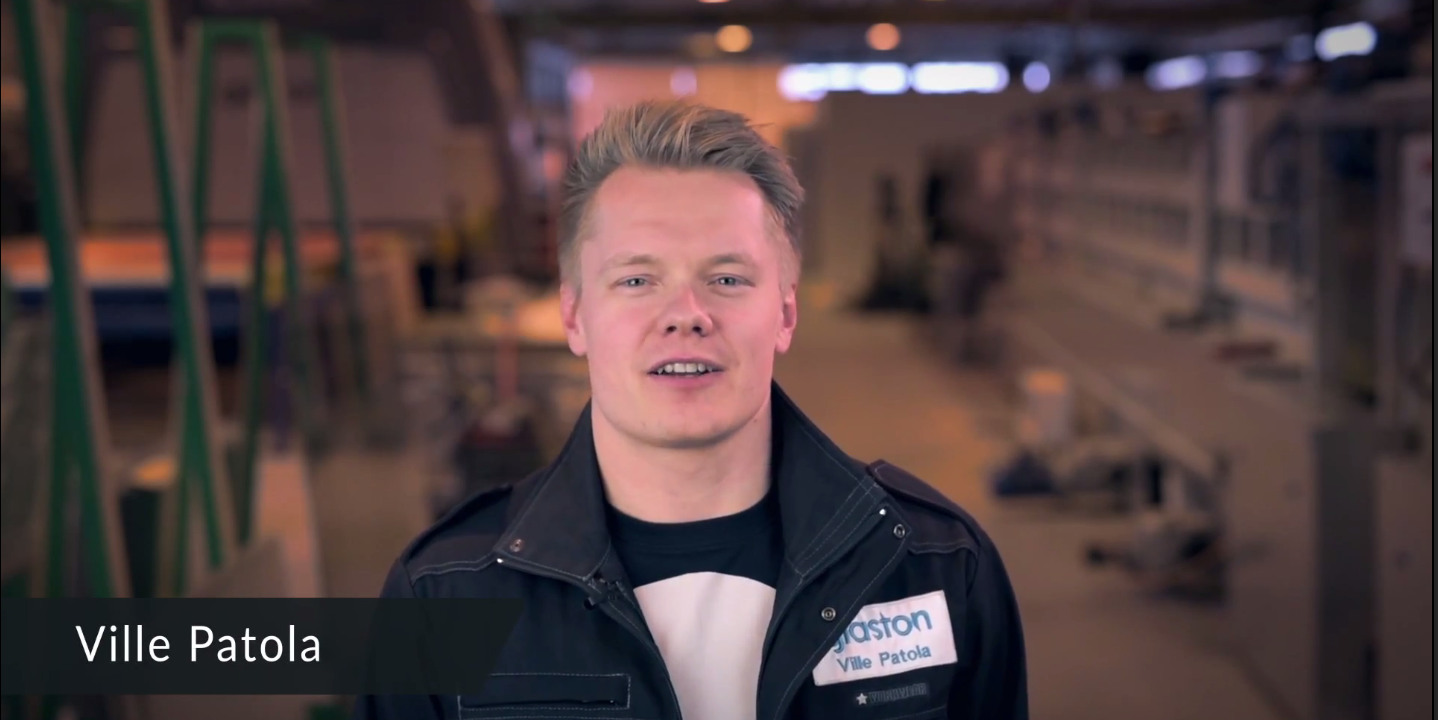
You know the feeling when you hear the ***BAM!!!*** ‘No, it didn’t just break in the furnace – Oh my, yes it did!’
Glass breakage in the heating section is something that we all want to avoid. This is one of the questions we go through this #AskGlaston episode. The other question refers to issues of removing the white haze, also known as ghosting, in tempered glass.
There are clear actions you can take to address to both of these questions. A couple of weeks back, Ville wrote a blog post about removing the white haze from tempered glass. Remember to read that through.
For this week’s questions, see our full video response below! As always, remember to learn, share and succeed!
How to reduce glass breakage in the heating section?
There are two main reasons for glass breakage in the heating section:
– Poor edge work
– The heating is too strong in the beginning of the heating section
The first thing to do is to make sure the edge work quality is good. This is very important from many perspectives. The quality of the edge work has a clear impact on glass breakage in the furnace. It also significantly reduces the risk of glass breakage in the quench. In other words, it has a dramatic impact on your tempering line yield.
The second thing is to make sure you don’t create too strong of a heat shock to the glass. This happens easily with thicker glasses (8 mm and above). You can limit the heating power in the beginning of the heating cycle, and/or you can just drop the temperatures down to make sure you don’t create such a strong heat shock.
How to remove ghosting from tempered glass?
The first corrective action is to change your process parameters to make sure the glass does not travel “as a cup” in the furnace. Usually, adding top convection improves the situation. If not, reducing furnace temperatures and increasing the heating time might help. If these process parameter changes still do not solve the issue, please check the blog post: “How to remove ghosting from tempered glass.”
Sign up for Glastory newsletter
We answer your questions about glass processing. Let us know your challenges and we promise to do our best to help you.
does adding or taking away from convection help bend the glass to a certain direction. Please give explanation.
Hi Hammad, Yes you can control the glass bending in the furnace by adjusting the convection level. If you see that the glass edges are bending updwards i.e. glass is smiling you can increase top convection to keep it more flat in the furnace. Also other way around: If the glass is running on it’s edges you can decrease the top convection (or increase bottom convection) or top temperatures.
Remember that interpreting the final result when the glass comes out from the furnace works differently. If the top surface of the glass has been higher in the furnace and then you expose it to equal tempering pressure in the quench, the final result will concave (smiling).